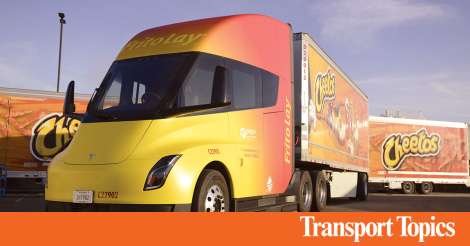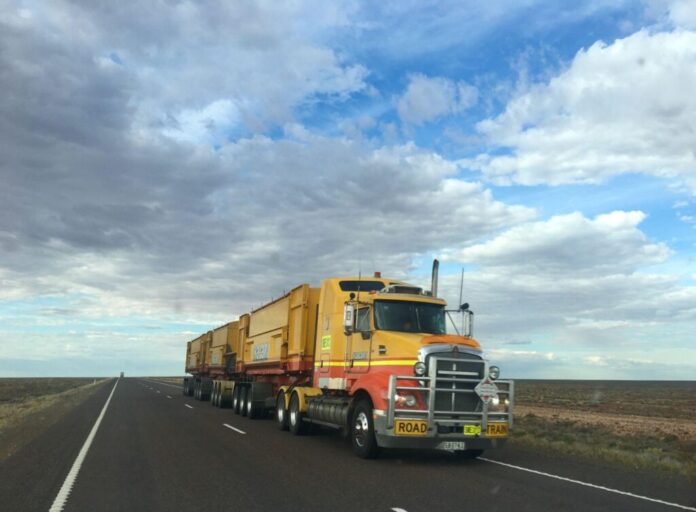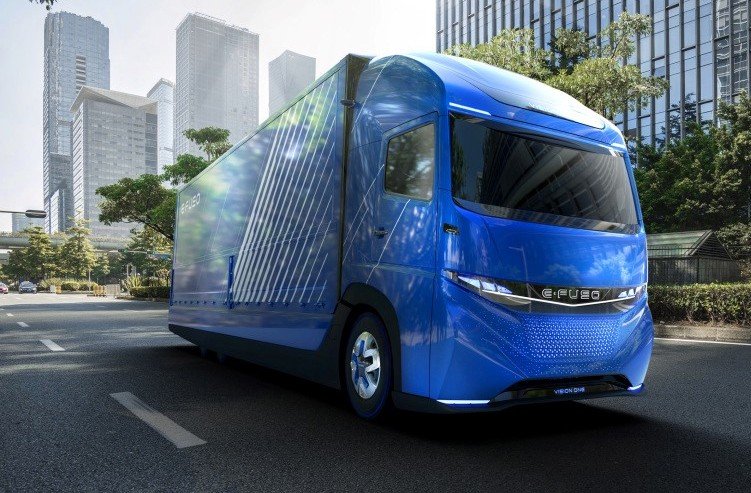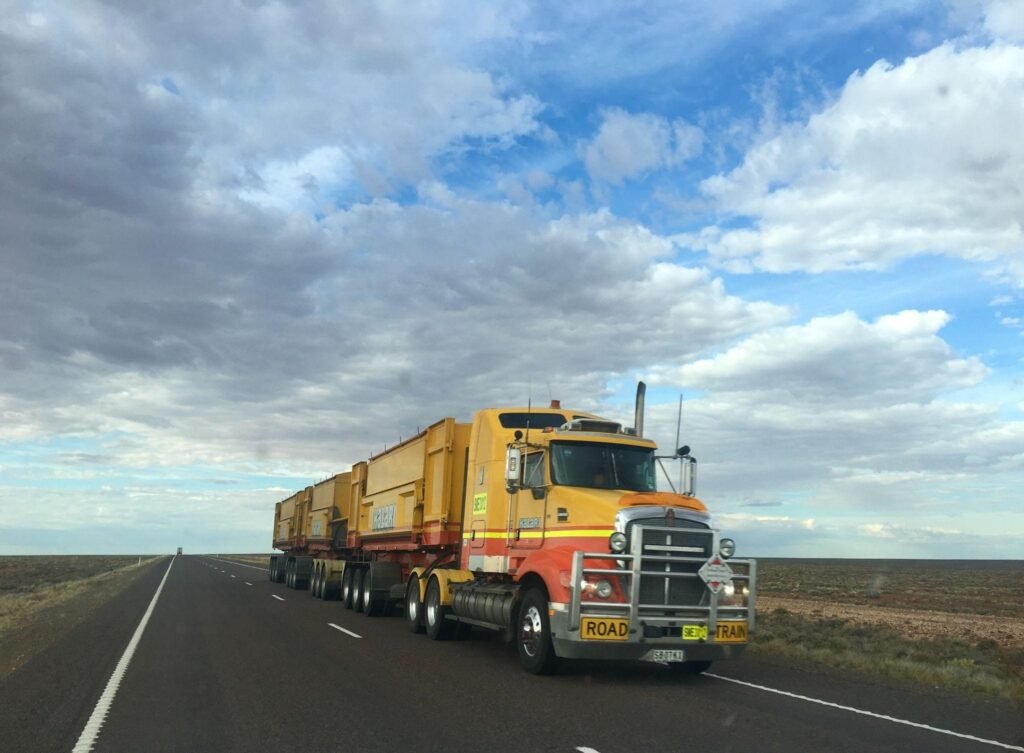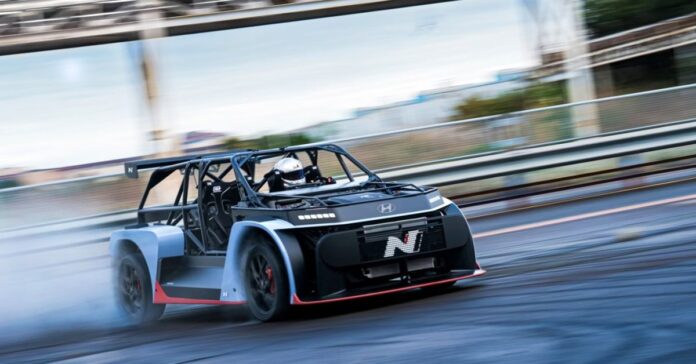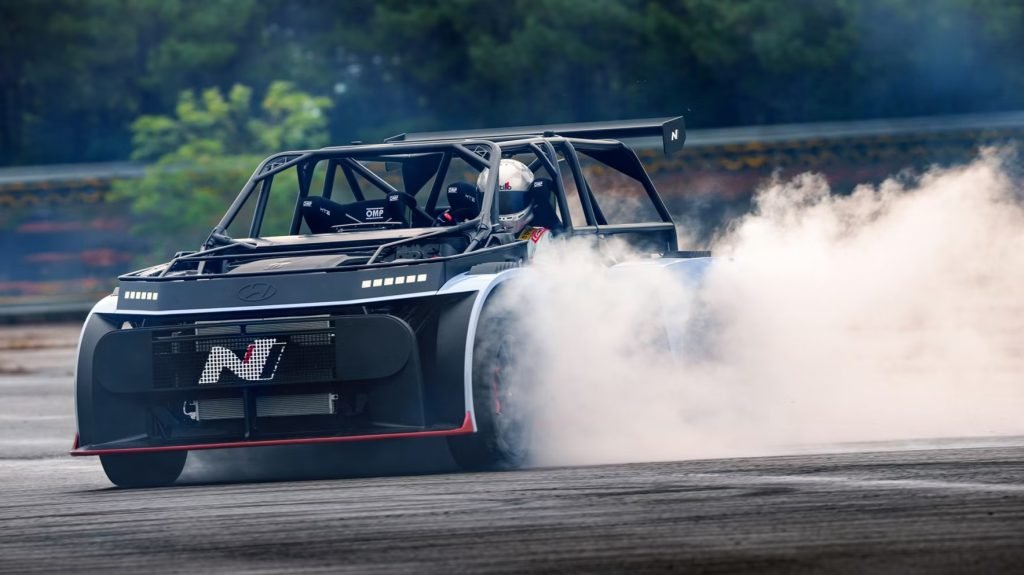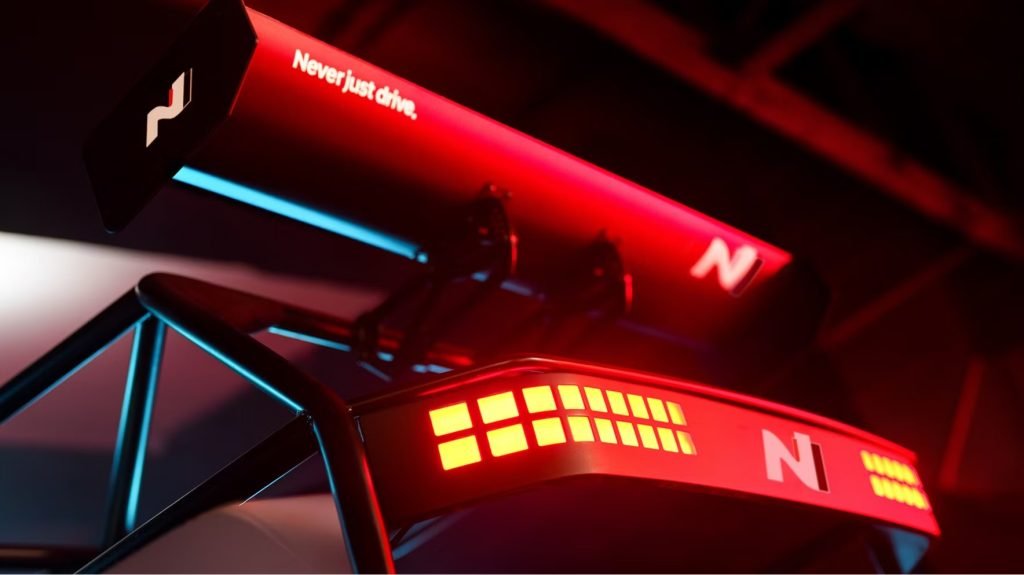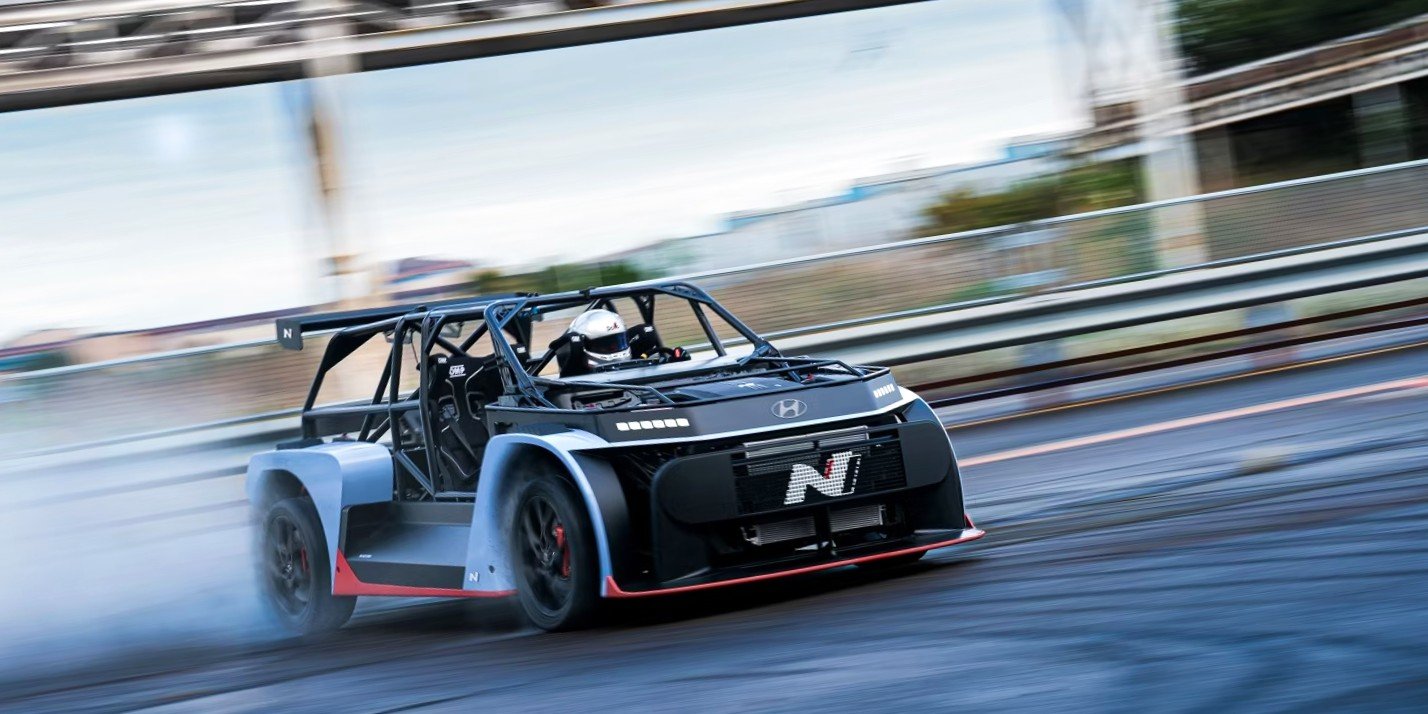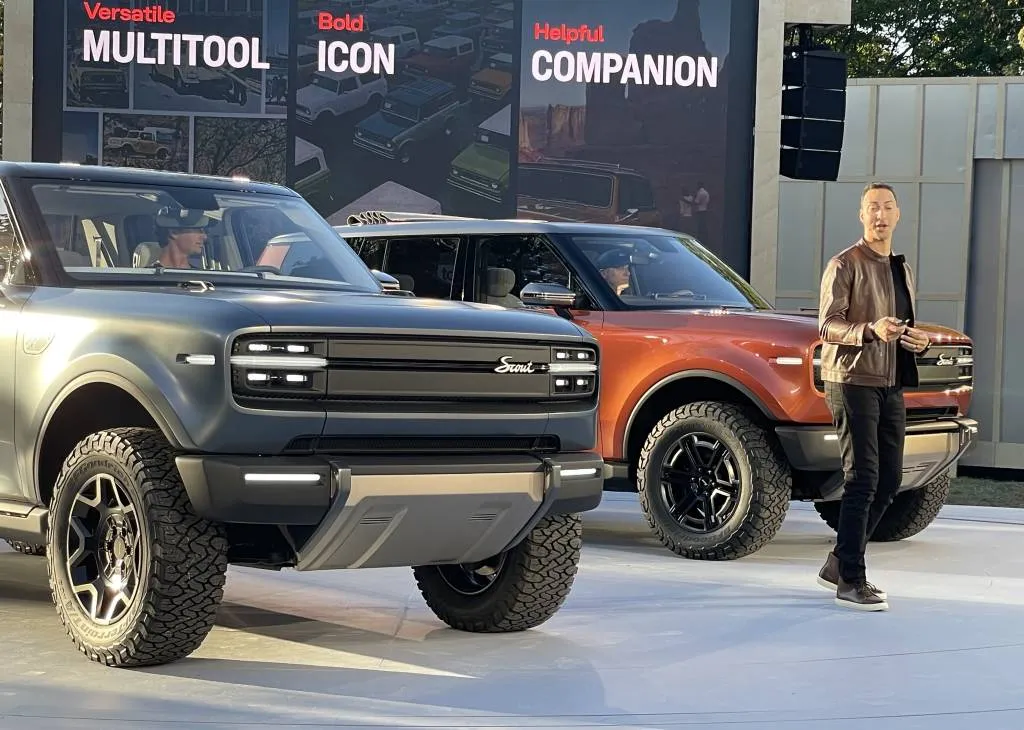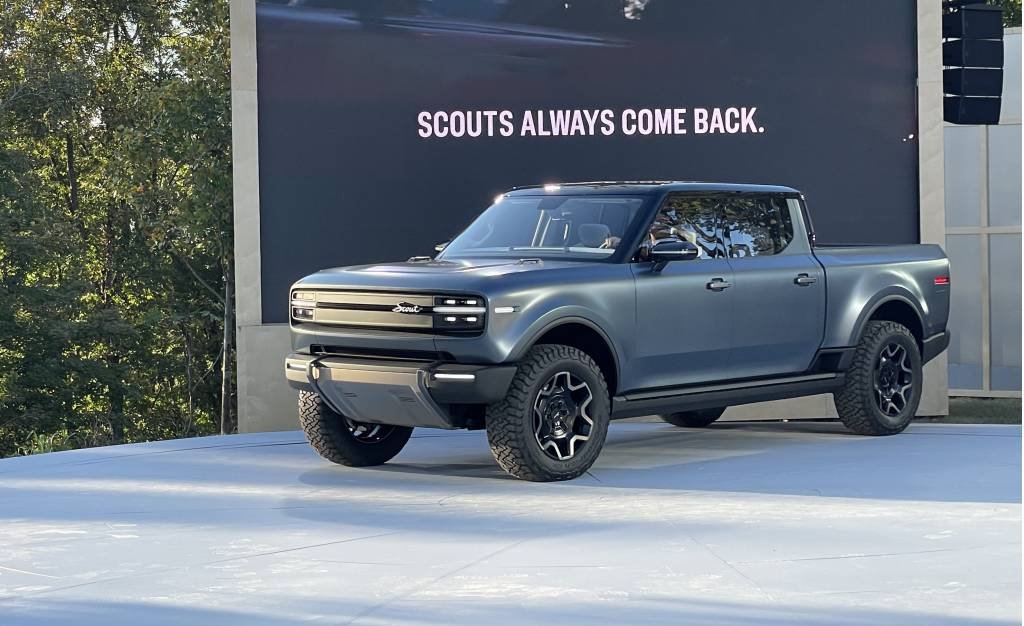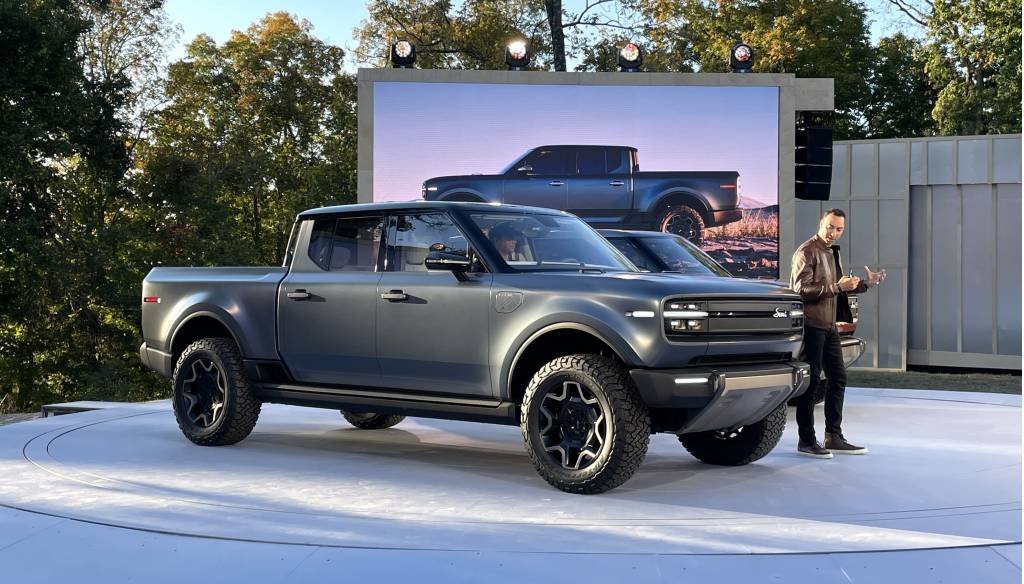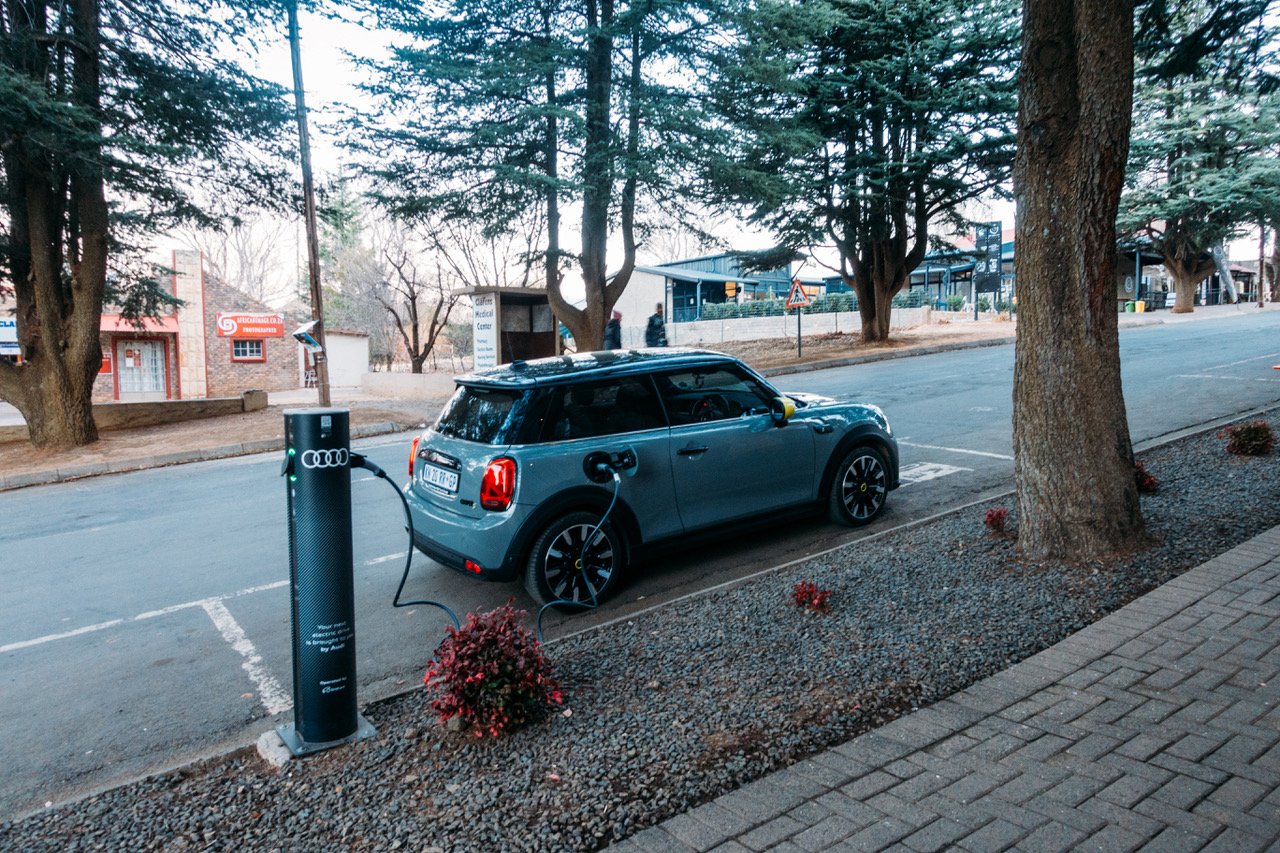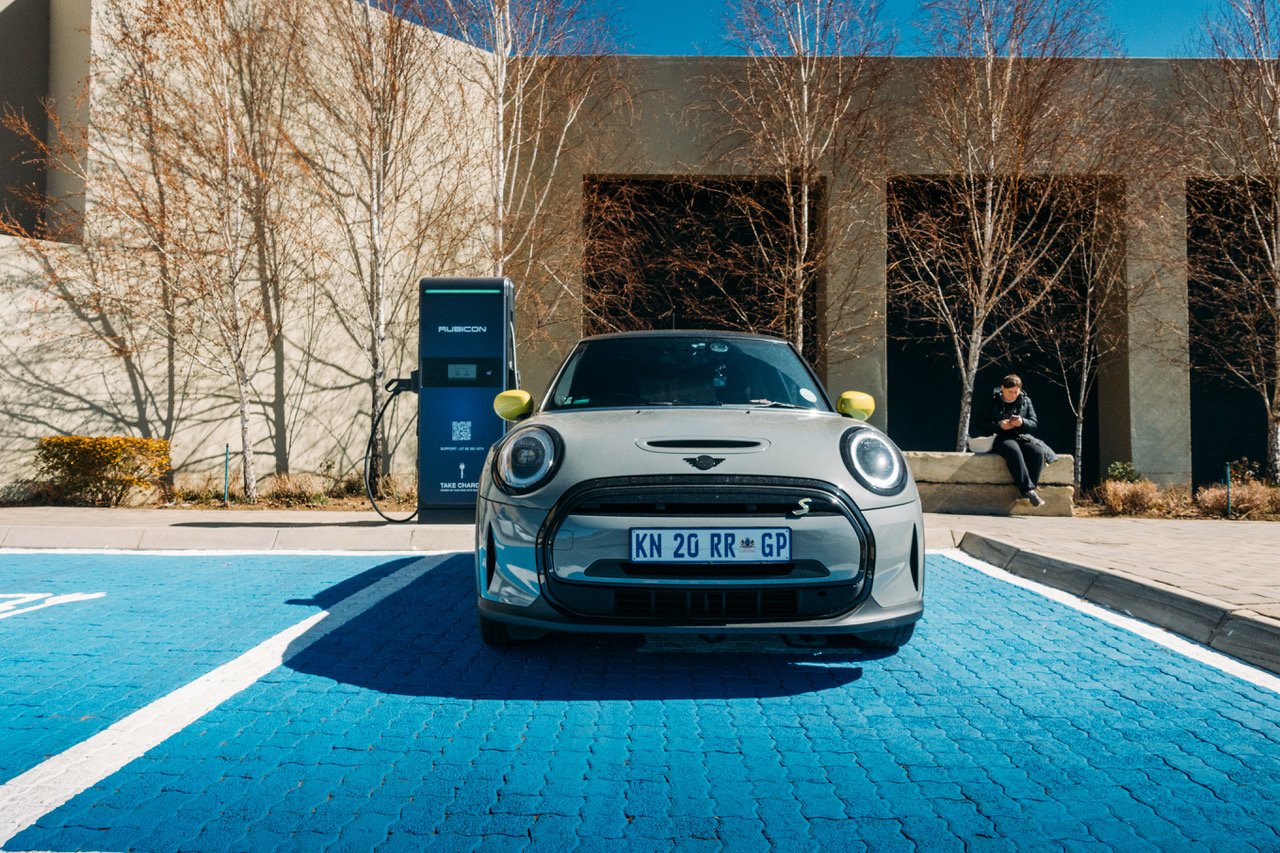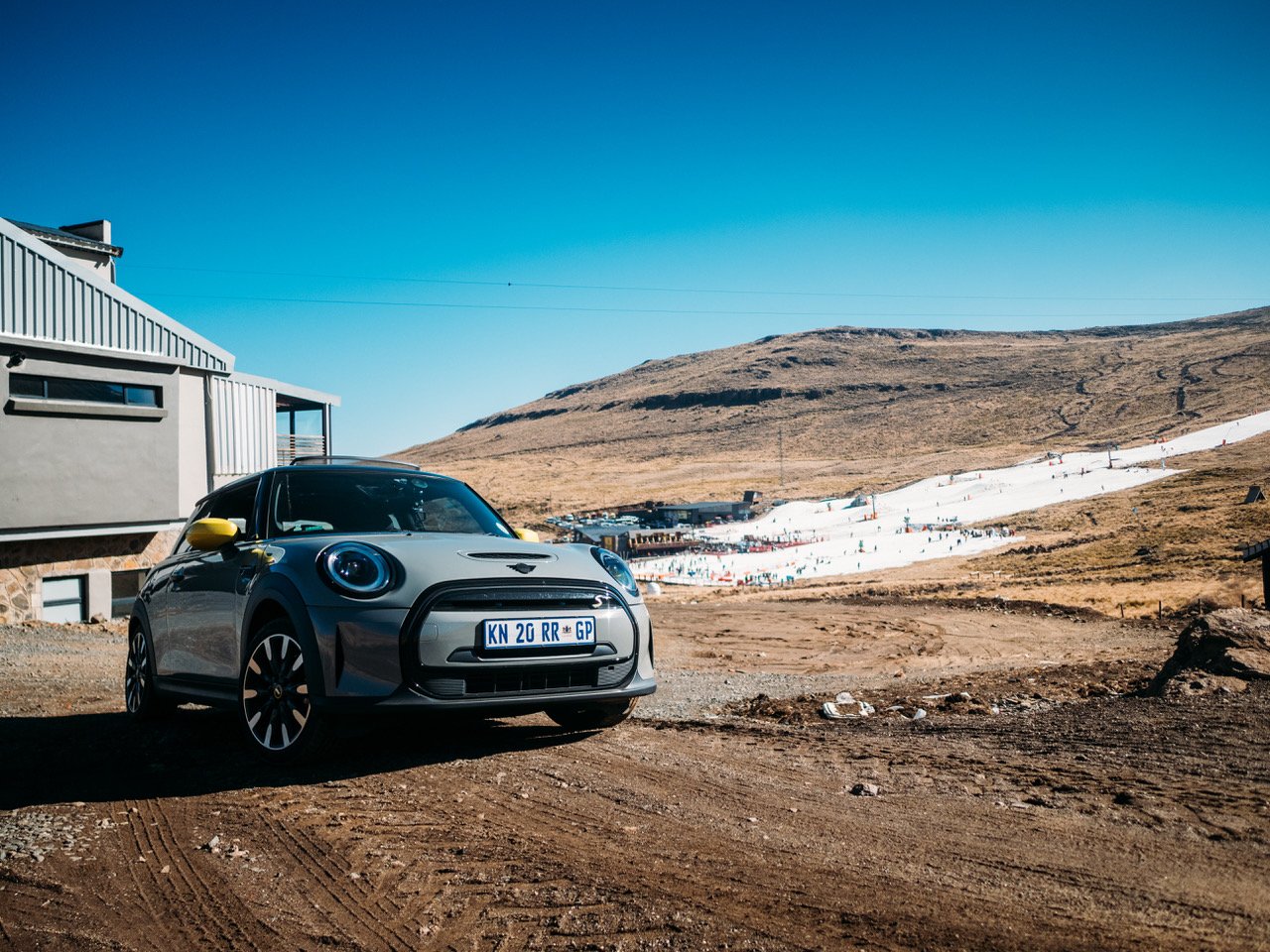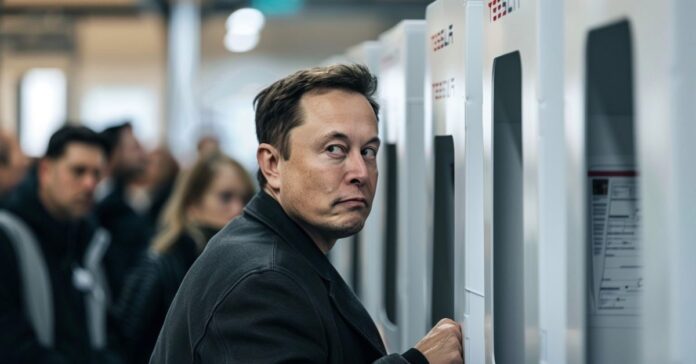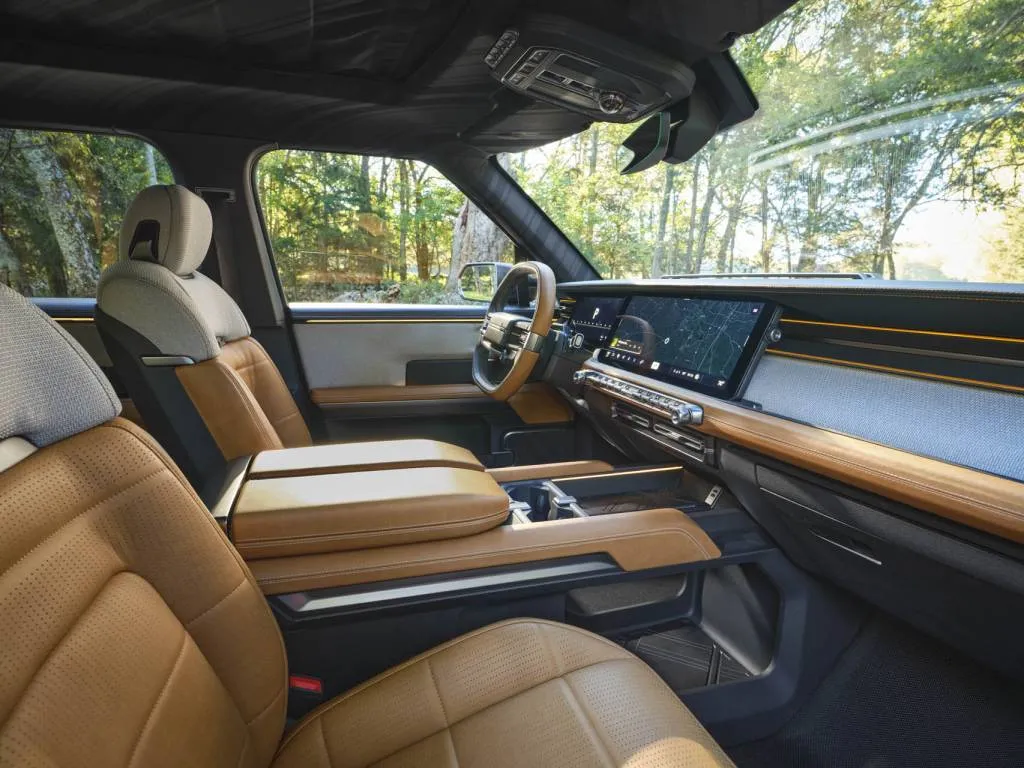
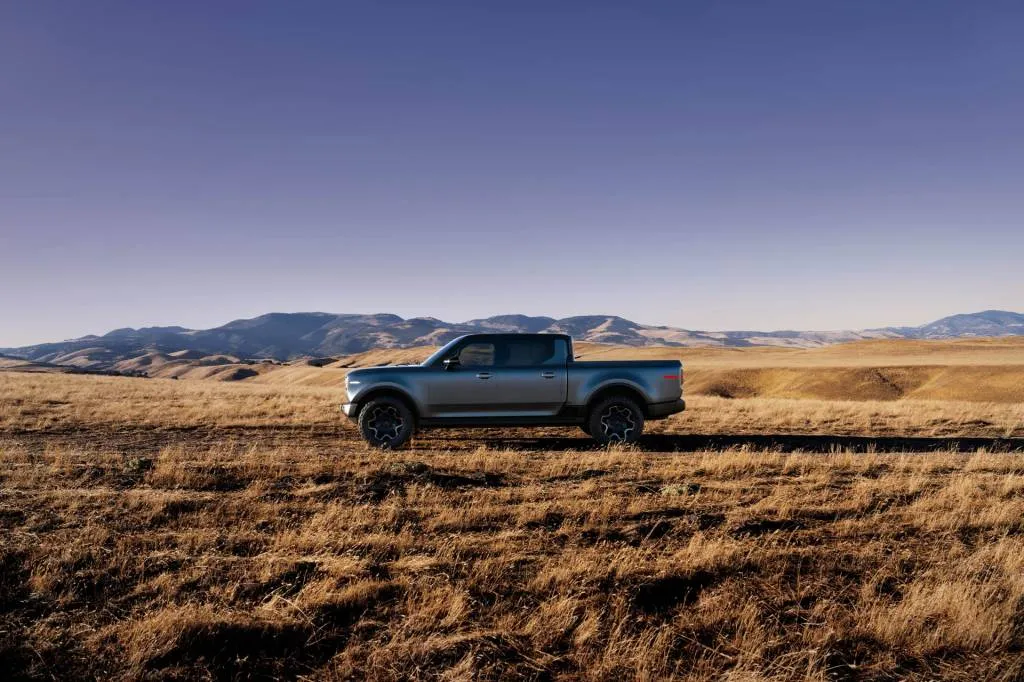
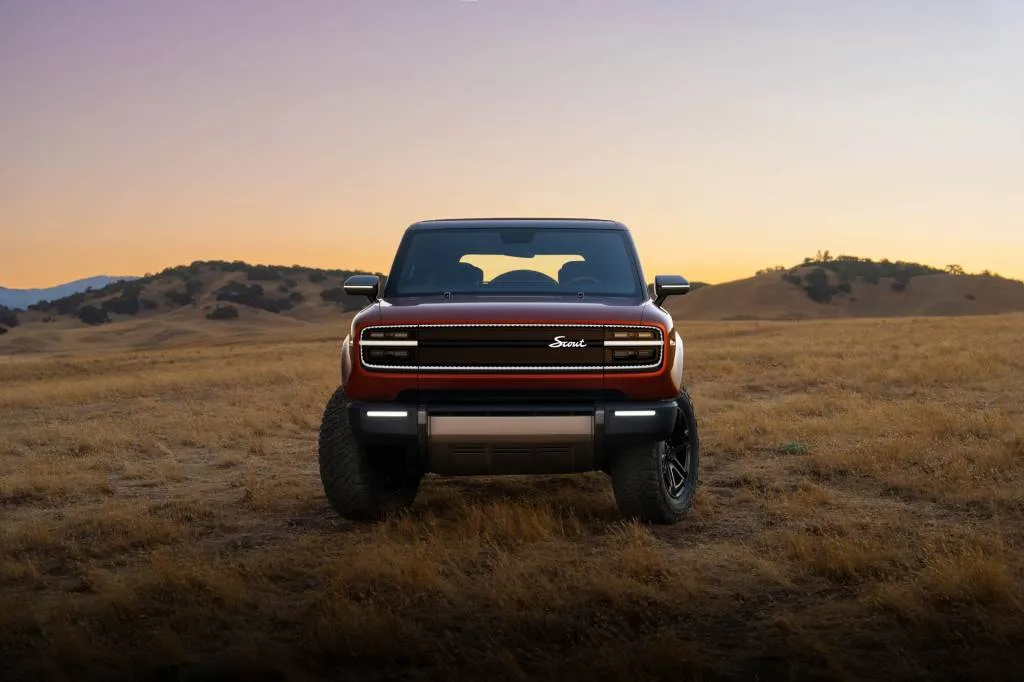
- The Scout Traveler SUV and Terra pickup arrive in 2027
- Scout said the EVs will have up to 350 miles of range; 500 miles with the range extender
- Pricing is said to start at under $60,000
Scout Motors on Thursday unveiled concept versions of an electric SUV and pickup truck the new Volkswagen Group brand aims to start manufacturing in 2027 at its new $2 billion South Carolina factory. The concepts are about 85% accurate to the production models, according to Scout.
The Scout Traveler SUV and Scout Terra pickup truck are based on a new body-on-frame platform that’s exclusive to the Scout, with four-wheel drive and a solid rear axle. The old school layout is intended to maximize off-road capability and towing capacity, which Scout estimates at more than 10,000 pounds for the pickup and 7,000 pounds for the SUV, with a maximum payload capacity of 2,000 pounds for both models.
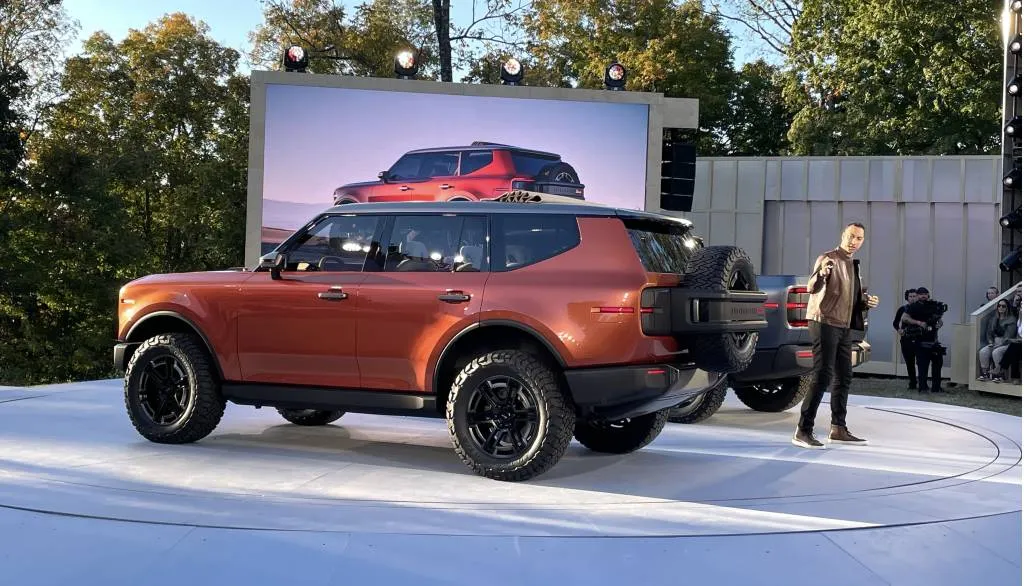
Scout Traveler SUV concept
Body-on-frame construction also ties the Scout EVs to the original Scout trucks manufactured by International Harvester from 1961-1980. VW got the rights to the name through its acquisition of successor company Navistar in 2020. That’s also reflected in retro styling that references the original Scout vehicles with features like rectangular grilles and a kicked-up lower rear window line on the Traveler SUV, which will also be available with a Cabana Top offering a larger roof opening than a typical sunroof.
In contrast to the Volkswagen ID EVs, Scout also emphasizes tactility with mechanical door handles and analog controls. This should help contribute to Scout’s goal of easy repairability. The brand claims approximately 80% of repairs can be performed without having to go to a dealership.

Scout Traveler concept
A front bench seat is another throwback feature, although a conventional setup of front bucket seats with a center console will be available. Modern touches include a 16.2-inch touchscreen and 12.3-inch digital instrument cluster.
The Terra measures in at 229.2 inches long while the Traveler checks in at 207.9 inches long, and both models are 91.6 inches wide. Scout said both models are designed to accommodate 35-inch tires, offer over a foot of ground clearance, and can ford least three feet of water. They’ll also be offered with a front sway bar disconnect and front and rear mechanical lockers to further enhance off-road capability. On pavement, up to 1,000 lb-ft of torque will get the trucks from 0-60 mph in 3.5 seconds, Scout claims.

Scout Terra concept
Scout plans to offer all-electric and range extended versions of both models, the latter dubbed Harvester in reference to the original Scout’s manufacturer. All-electric versions will offer up to 350 miles of range and will use the Tesla North American Charging Standard (NACS) connector for DC fast charging from the start. Harvester range-extended models will have a driving range of 500 miles, according to Scout.
An 800-volt electrical architecture will accommodate fast-charging at up to 350 kw, as well as bidirectional charging. The Scout Terra pickup also houses two 120-volt outlets and one 240-volt outlet in its standard 5.5-foot bed. That bed can also accommodate a 35-inch spare tire with an optional carrier (the standard under-bed mounting point holds tires up to 33 inches) as can the Traveler SUV’s standard rear spare tire carrier.

Scout Traveler concept
Scout expects both models to start at under $60,000, which is a big hike from the $40,000 base price CEO Scott Keogh discussed in 2023. With incentives factored in, though, starting prices will be closer to $50,000 for the Traveler and $51,500 for the Terra, according to Scout. Reservations open Oct. 24 and require a $100 refundable deposit.
The Volkswagen Group announced Scout in 2022 as a brand under the control of the parent company—not VW of America—allowing the space for a different direct-sales model. Announced at the peak of heightened demand for EVs, it was a complete surprise to VW’s U.S. dealers, who had reportedly been asking for an electric truck. They’re about to get a different 1960s throwback EV in the form of the ID.Buzz van.

Source link by Green Car Reports
Author news@greencarreports.com (Stephen Edelstein)
#Scout #reveals #electric #Traveler #SUV #Terra #pickup #due



